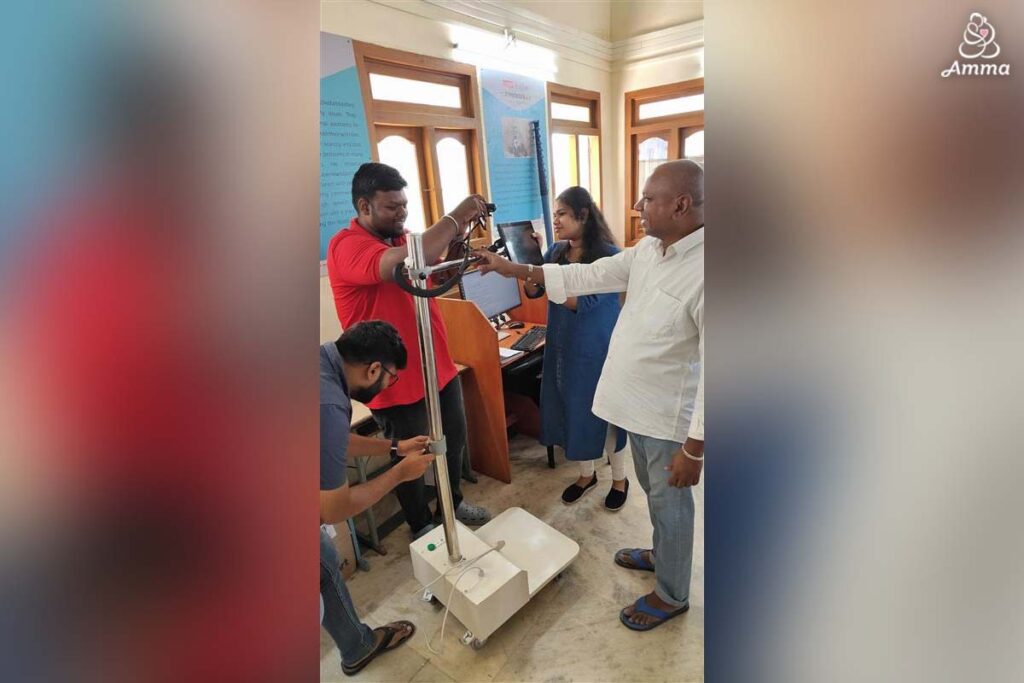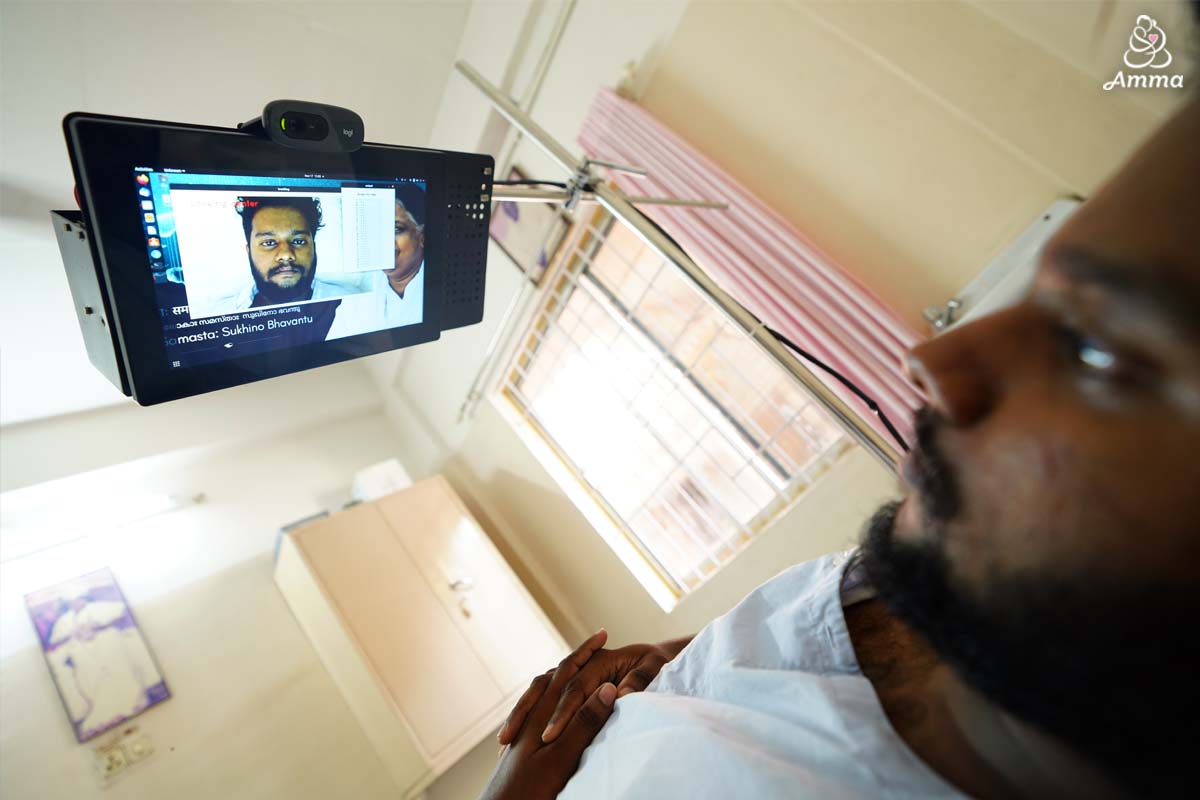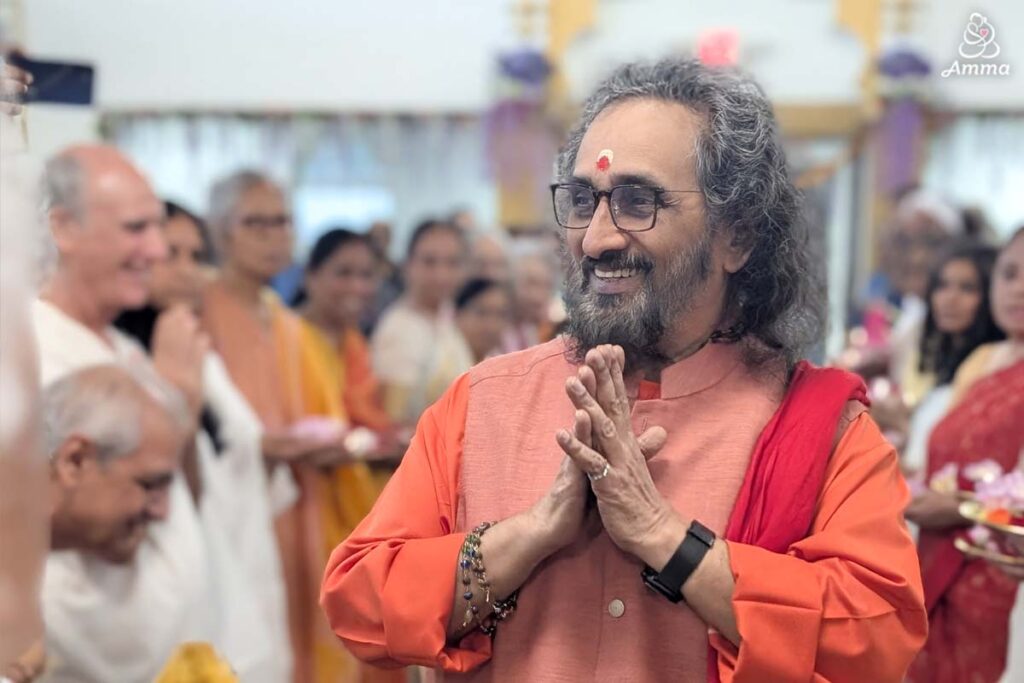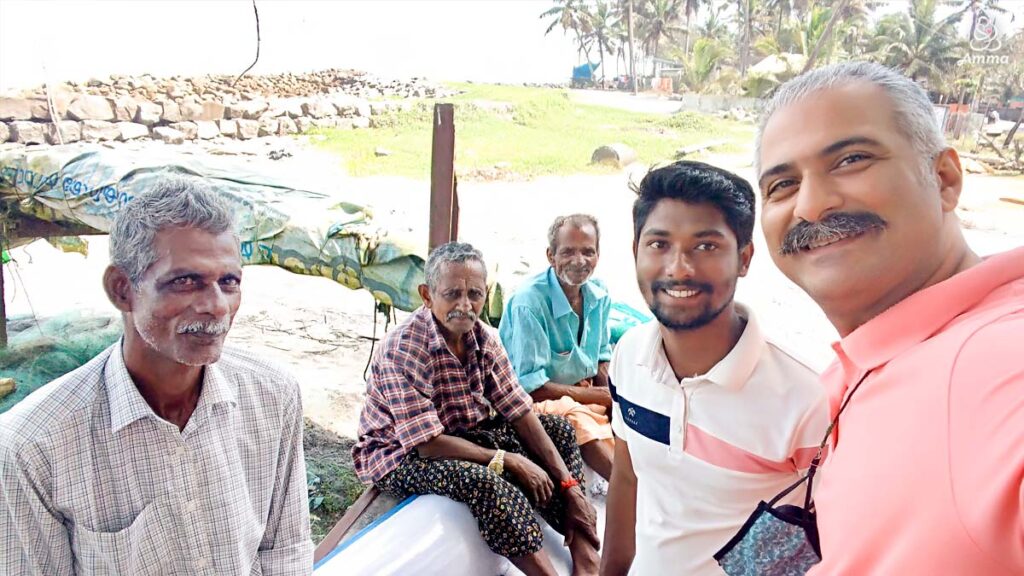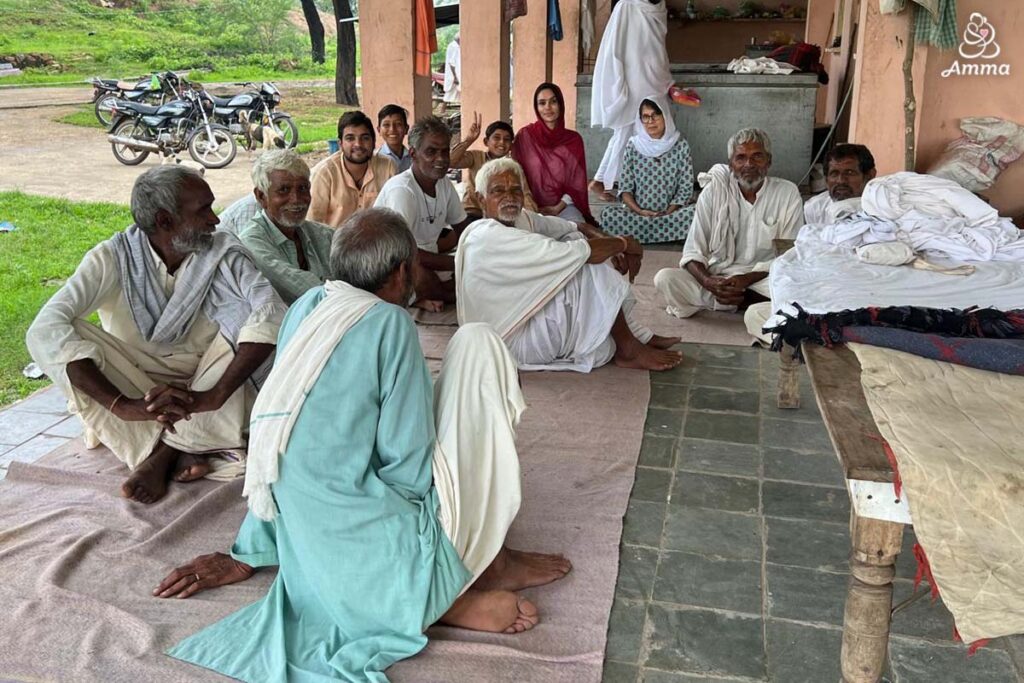It all began when researchers at Amrita heard the stories of impoverished people grappling in the aftermath of major strokes. It is a trauma that is difficult to imagine—all of a sudden the patient is no longer able to speak and paralyzed. The simplest of things, even asking for a drink of water, is no longer possible.
Although the people still had mental capacities, they faced great difficulty in expressing themselves. Many had been responsible for the household finances and were no longer able to convey these critical details. As a result, their entire families suffered.
Witnessing this, the scientists were motivated to develop a solution. The final result was Netravaad—India’s first AI technology that converts eye movements into alphabets, words, or full sentences.
Users begin by telling those around them basic things like when they are in pain, need food, or even just wish to be turned. As adapting to the technology continues, they can speak using their eyes as if they were speaking through their mouth. For many, the ability to fully communicate becomes possible once more.
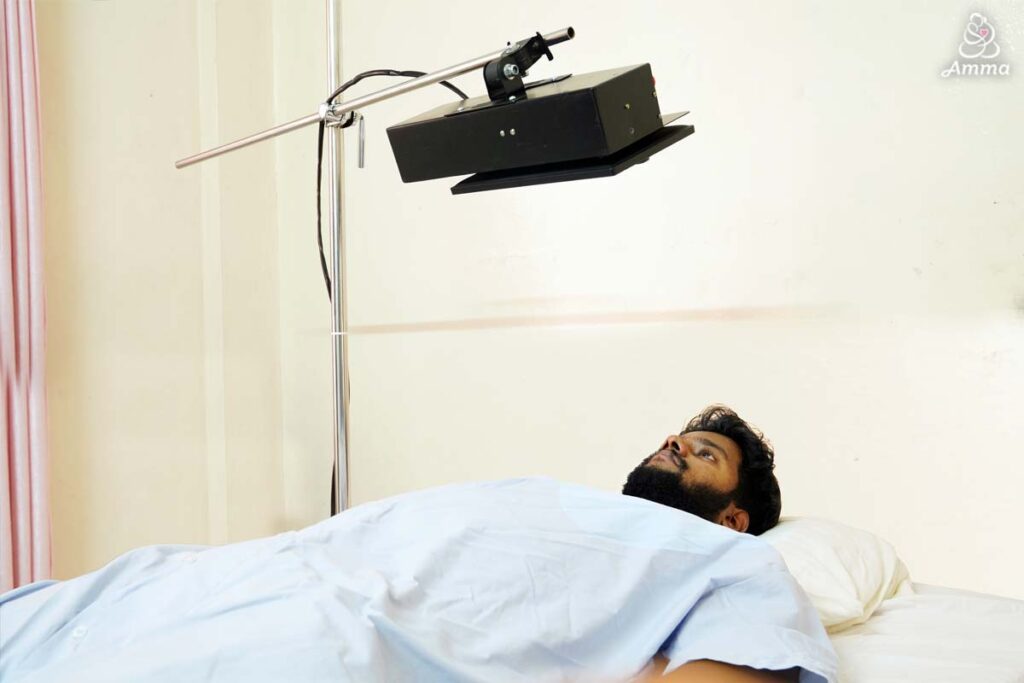
Dr Rajesh Kannan Megalingam is leading the project. He is the Director of Amrita’s AI and Robotics Research Center and Humanitarian Technology (HuT) Labs. He is also founder of T2H Innovations, a company that works in collaboration with the university’s HuT Labs to develop biomedical and assistive technologies.
“It was Amma as Chancellor of Amrita who planted the seed of this innovation. She wanted to help people who suffered from paralysis and speech impairment after a stroke or other ailment,” he explained.
Netravaad was tested rigorously and frequently at Amrita Hospital, Kochi to become a major support for people with speech impairments. As an augmentative and alternative support, the team has also reached people with amyotrophic lateral sclerosis, cerebral palsy, locked-in syndrome, and other motor impairments.
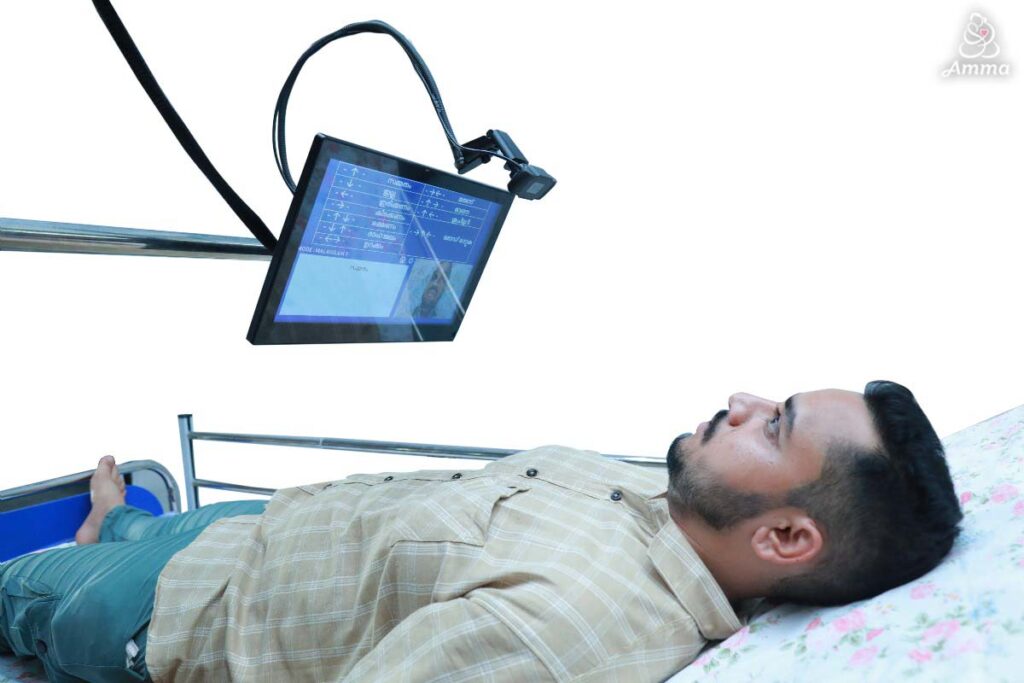
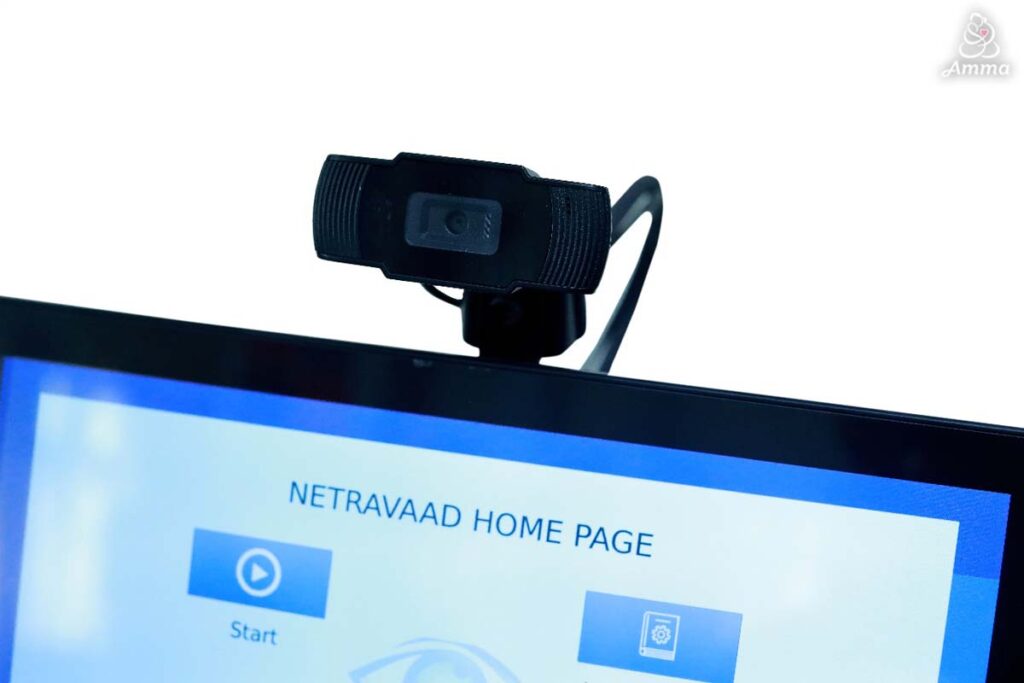
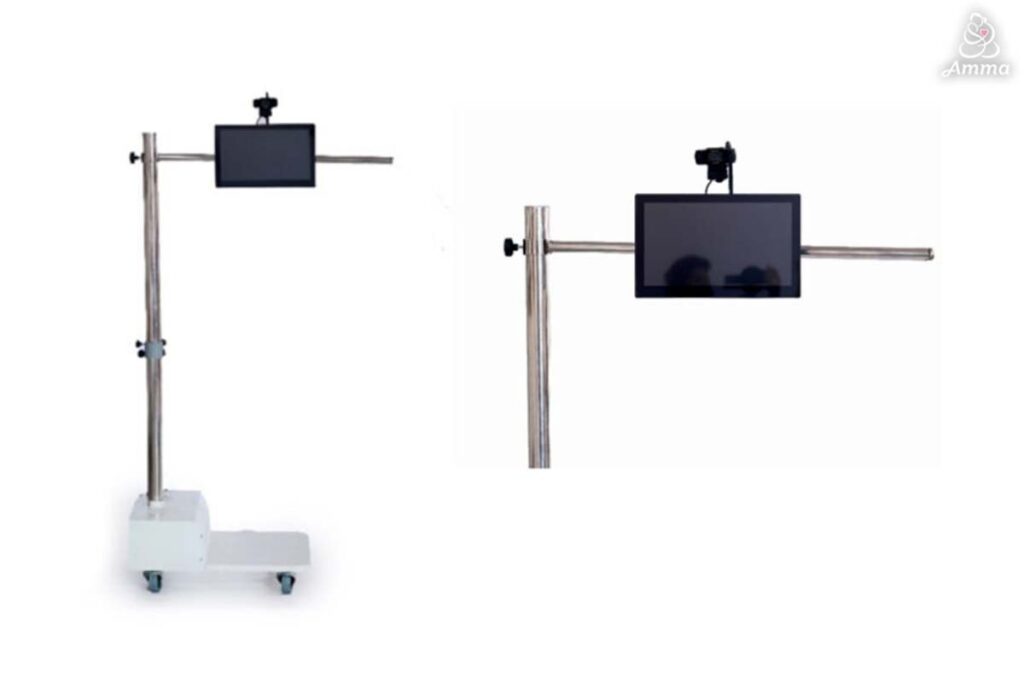
The system consists of a camera, display, speaker, controller, and rechargeable battery. So far, it is available in three languages—English, Hindi and Malayalam. It includes two modes in each language with Mode 1 a set of 10 predefined words, and Mode 2 consisting of alphabets so patients can spell more words, create sentences, and generate numbers.
This means that Netravaad enables the user to regain full communication capability through the eyes, whereas other similar devices provide only a limited spectrum. For example, if a teacher has lost his/her ability to speak, the user is able to take classes as usual, which no other device available in the market is capable of.
In development, the scientists had to take in a broad range of factors, from levels and types of light to cognitive and physical abilities of the patients, including adjusting the device for children.
Dr Rajesh is happy when he says, “We improved the AI algorithm, and the Graphical User Interface based on the feedback we received from different test cases and testing with patients. The team modified and fine-tuned the dataset and adjusted the algorithm.”
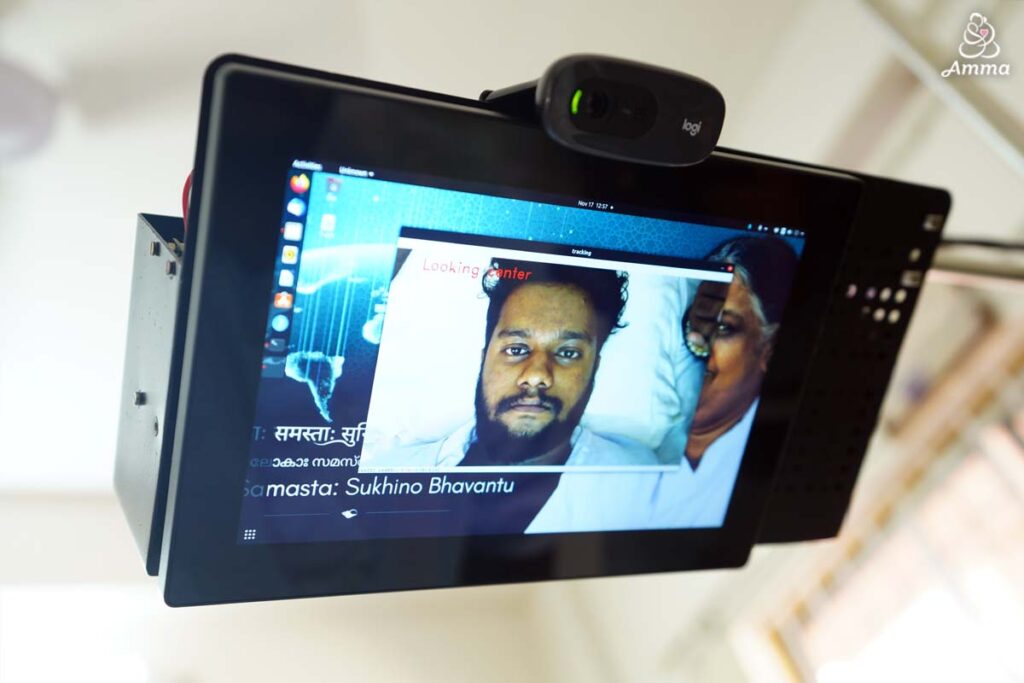
The cost of Netravaad is ₹1,65,000 ($2,000), making it an affordable, homegrown initiative. And with similar products not available in India, the team is ready to ship across the country, as well as internationally.
“We are now in the production phase of Netravaad via the startup T2H Innovations and all set to bring this transformative technology to a wider audience. As well, we are currently in the process of extending it to other regional languages so that it benefits a larger group of people,” added Dr Rajesh.
When asked whether he is expecting some sort of support from the government, he said, “If the government provides financial support for mass production, we would consider it a great opportunity. We are also looking for funding from investors and private parties to expand the startup T2H Innovations.”
